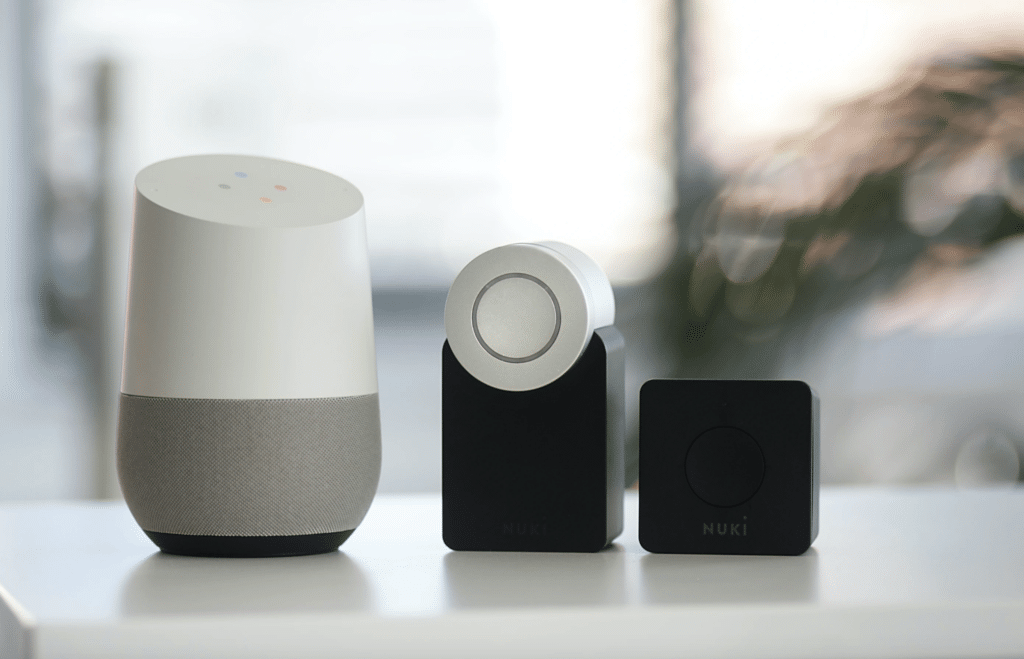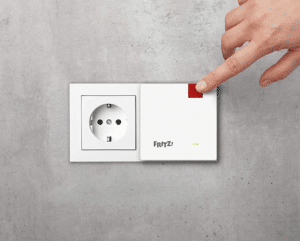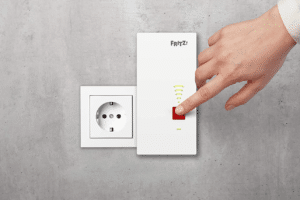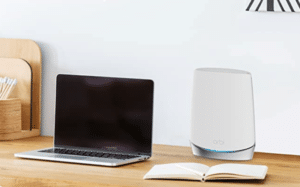It has never been so easy to equip your home with smart devices. Advancing digitization and state-of-the-art technology make it possible for smart home applications to be operated more and more conveniently. Control is via Smartphone or Tablet, by voice command, dedicated switches or fully automated via an individual schedule.
The wide range of possibilities gives the layman the impression that home automation involves complicated applications. So it's about time that Smart home explained in an understandable way is.
What is a smart home?
The basic idea of Smart Home is the possibility of making everyday life easier within the household via networked and interactively communicating devices. Intelligent coffee machines switch on when the alarm clock rings. At the same time, the roller shutters are pulled up independently and the underfloor heating in the bathroom warms up to a comfortable 22 °C.

In the meantime, the technologies are more sophisticated and the range of possibilities has expanded significantly. The level of comfort increases and the health status can be better monitored using special apps. In an emergency, help is called automatically and the paramedics or nursing staff arrive at the scene of the accident decisive seconds earlier. Unprecedented connections are possible in the entertainment sector. Routines are set in motion via simple voice commands, which both the music system and Smart TV and the Lighting match each other automatically.
In the field of security, Smart Home has made a quantum leap in recent years. Surveillance cameras and smoke detectors work hand in hand with the alarm system and can be monitored from the resort or restaurant. Door locks and windows lock themselves automatically and form insurmountable barriers for potential thieves. Ultimately, an intelligently set Smart Home contributes to minimizing electricity and energy bills when the heating thermostat automatically throttles the heating. But how do the different components interact with each other?
System overview
The basis of Smart Home is the optimization of the interaction between use-oriented strategies for automation and the constantly evolving technology. The process and the function of operational systems in a building can be designed to be more reliable, more energy-efficient and safer. The visualization and logging of the respective condition of a building allows comfort, security and efficiency to be continuously optimized over the entire life cycle of a building. The basis is the creation of a knowledge database, so that potential for improvement can be constantly identified and implemented.
There are no limits to the variety. It is only important to note that the devices from different providers are compatible with each other. For beginners, the selection from the multitude of offers is often unmanageable. The smart home systems can be differentiated based on their respective networking properties. Fundamental questions revolve around whether the system should remain closed or be open to other providers. When installing smart home systems, there are two basic approaches to fulfilling the diverse tasks.
Both mechanisms are based on the so-called bus system (binary unit system). It consists of sensors, actuators and cables. The sensors measure movements, illuminance, temperature and air quality. The actors are responsible for information processing. You react with an action and then set e.g. B. the blinds in motion.
The central system
With this solution, a central unit is at the heart of the system. All devices are connected to the control center via a cable. Within the control center, sensors and actuators are connected to one another and controlled. The connection is either wireless or wired.
The decentralized system
This approach dispenses with a central control unit. The individual components are connected to each other via radio or cable. The communication process takes place via specified parameters, which are defined by appropriate software.
communication between the components
In order to ensure smooth communication, the devices must speak a common “language”. This language is called a protocol. The international standard KNX (Konnex Bus) has established itself in the smart home sector. KNX builds on its predecessor EIB (European Installation Bus). Devices based on KNX can exchange information with each other. Various media can be used for transmission.
bus cable
One of the most commonly used transmission cables for low data rates is the twisted pair bus cable JY(ST)Y 2x2x0,8 mm². It is best suited for new buildings, as it can then be laid directly with the usual electrical installation. In existing buildings, the installation is associated with considerable costs, since the existing building fabric has to be modified.
Powerline
An alternative to this is the use of the 230 V power supply. About this can the Data transmission be settled. An additional data line is not necessary. However, socket adapters and series terminals are required.
flat cable
At 0,3 mm, the flat cable is extremely thin and can be surface-mounted without any problems. In contrast to the bus cable, the building fabric remains intact. The flat cables come from the automotive industry and can be purchased comparatively cheaply.
Ethernet
Ethernet connections are used for data transmission between PCs and printers and are primarily used in local networks. Compared to the flat cable, they are a bit thicker, which makes laying them more complex.
radio-based systems
In existing buildings, radio transmission is a practical alternative. Cables are no longer required for transmission between the numerous actuators and sensors in a smart home system. The protocols are transferred using electromagnetic radio waves.
The radio bus system consists of radio transmitters, radio receivers and a control center. WLAN, EnOcean, eNet or Z-Wave are the most common wireless systems. This type of transfer is very convenient.
Advantages and disadvantages of the different systems
Both radio-based and cable-based systems have various advantages and disadvantages. It is also important to note whether the installation is to be carried out in a new building or an existing building. Cable networks are ideal for a new building. They are laid together with the basic electrical installation, shielded data cables ensure secure data transmission. However, the better quality of the data transfer is noticeable in the price. Cable solutions are not cheap. In the case of subsequent installation, an increased effort is to be expected. Complex systems require detailed planning.
The advantages of a radio system are located in the low purchase price and the simple installation. They are suitable for retrofitting a smart home system in old buildings. On the other hand, the data transmission can be more susceptible to interference. Due to the limited range, the use of repeaters (amplifiers) is to be expected. Battery-powered systems require regular replacement of the batteries.
Why are there so many different platforms?
Smart Home is still a young technology. Many companies see them as having enormous growth potential. Numerous companies form alliances from different business areas. A sweeping market shakeout has not yet taken place.
Control of the smart home system
The best way to control wired systems is to have devices from a single vendor. With radio-controlled systems, the control effort can quickly multiply, especially if the heating system prefers one supplier, the lighting solution is based on a second manufacturer and the security equipment was provided by a third company.
Then the user has to jump back and forth between different apps. Therefore, a universal app is expected shortly, which can control all devices in an open radio system.
Smart Home under criticism
In addition to the achievements that a smart home system offers in terms of comfort, security and energy efficiency, one point of criticism remains. This is about data protection and the security of the systems themselves. The barriers are often circumvented by hackers, and the security factor is undermined.
Another point of criticism is the collection of data by the manufacturers. They evaluate the material to improve the technologies. The further use of the data has not been clarified, the effects on the consumer remain in the dark. The exposure of the human organism to electromagnetic radiation remains unexplained.
Conclusion
As part of the Internet of Things (IoT), Smart Home will become increasingly important in the field of building technology. The high growth potential will bring with it a large number of different devices and system solutions. The consumer will have to deal with the properties of the systems, the most important criterion being the compatibility of the technologies of the different manufacturers.



